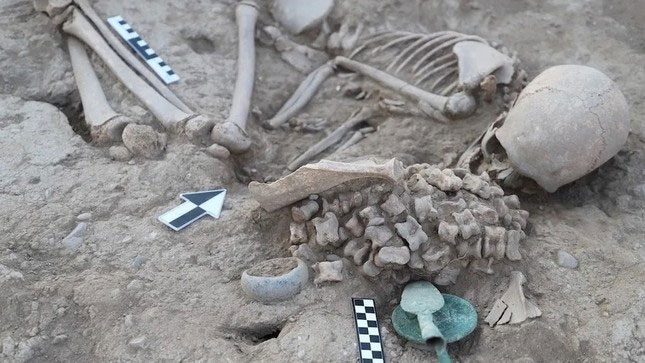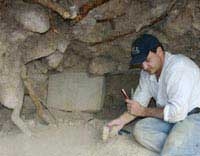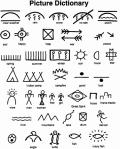Archaeologists in Kazakhstan have recently unearthed the grave of a Bronze Age girl along with numerous burial artifacts, including many animal bones believed to have been used by the deceased in the afterlife.
Since 2017, researchers have been working at the excavation site located in Ainabulak, a village in eastern Kazakhstan. To date, they have discovered over 100 graves dating back to the Bronze Age, including the grave of the girl found on August 2, as reported by The Astana Times of Kazakhstan.
While researchers know very little about the girl’s identity, the wealth of artifacts in her grave provides clues about her status within the Bronze Age community in Central Asia, which spanned from 3200 BC to 1000 BC, according to Oxford Academic.

The grave containing the remains of a teenage girl and numerous animal skeletons. (Photo: Ministry of Science and Higher Education of Kazakhstan).
Rinat Zhumatayev, an archaeologist and head of the Department of Archaeology, Ethnology, and Museology at Al-Farabi Kazakh National University, who led the excavation, stated: “The girl was buried on her left side. There were earrings in both ears and beads around her neck.”
Radiocarbon dating of the skeleton indicates that the girl was approximately 12 to 15 years old at the time of death. Archaeologists also discovered that she was buried with 180 ankle bones—likely from sheep or cattle—along with several metal sword hilts, a mirror, and a bronze bowl.
The Tradition of Burial with Ankle Bones
However, one particularly notable artifact for archaeologists is the bronze plate carved with a frog in the center. This discovery marks the first time such an object has been found in Kazakhstan.
Zhumatayev remarked: “The image of the frog holds various meanings for many cultures since ancient times. It is associated with the image of a working woman and water worship… but further research is needed to determine its true significance.”
Researchers are also intrigued by the large number of animal bones buried with the individual. While they have seen graves containing animal remains on the Eurasian steppes—often associated with the burial of children and adolescents—the presence of hundreds of skeletons buried alongside this individual is extraordinarily lavish.
Some scientists believe that the burial of ankle bones is part of “a cult of veneration”, and that the bones were used in meditative practices. However, other researchers suggest that the bones symbolize happiness and luck, representing the desire for a successful transition from this world to the next.
In addition to this burial site, archaeologists have also made a groundbreaking discovery of a hexagonal base pyramid in the Abai region, north of this site. Zhumatayev noted that all these findings hold significant historical and cultural importance for studying the early stages of the Bronze Age.





















































